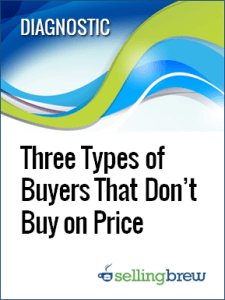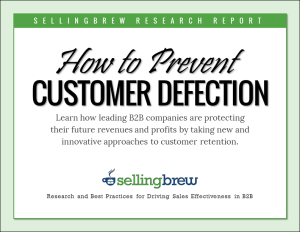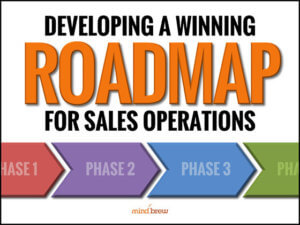There’s a certain percentage of the population that loves to haggle. Whenever they buy anything, they’ll ask for a discount. After all, the thinking goes, the worst that could happen is that someone might say “no,” and in the best case scenario, they might actually get a discount.
A while ago, NPR’s “This American Life” did an experiment. A producer went into a variety of stores, and when it was time to check out, he asked, “Hey, can I get a ‘good guy’ discount?” Surprisingly, 20 percent of the time, the stores gave him a lower price just for being a “good guy.”
Getting a discount is great if you’re the buyer, but as a seller, it’s not so great. Constantly giving in to demands for lower prices can erode the lifetime value your customers and eat into your organization’s bottom line.
Of course, some buyers really won’t be able to buy your product unless you bring your price down. But in other cases, they may just be haggling to see what they can get. Chris Mitchell of Holden Advisors calls this second group “poker players,” and she says that this can be one of the most difficult types of buyer to deal with.
Three Buyers That Don't Buy On Price
During the Great Recession, a lot of businesses needed lower prices from their vendors, and they weren’t shy about asking for them. In many cases, they got the discounts because vendors didn’t want to lose the business.
But these customers are still asking for discounts. They might not really need the lower price any more, but they have learned that the technique works. They keep asking for discounts because they have nothing to lose.
So how can you weed out these “poker players” from the customers who really need a lower price?
In simple terms, you need to call their bluff—but you need to do it in the right way.
If you just say “no,” when buyers asks for a discount, you run the risk that they’ll walk away and you’ll lose the sale. Instead, find a way to meet their price by reducing the value of what you’re offering. Usually you can do this by eliminating some of the value-added services that you usually include. For example, you may reduce the warranty, offer a lower level of technical support or eliminate some featured services that are usually a part of your package. If the customers really did need the lower price, they’ll be grateful and accept the reduced offering. If the buyers were just trying to haggle, they’ll likely want to go back to the original offering with all the value-added items included. Either way, you’ll probably still get the sale.
Poker-player buyers may seem intimidating, but don’t let them erode your confidence in your product or your pricing strategy. Call their bluff the smart way, and you could both walk away happy with the deal.












